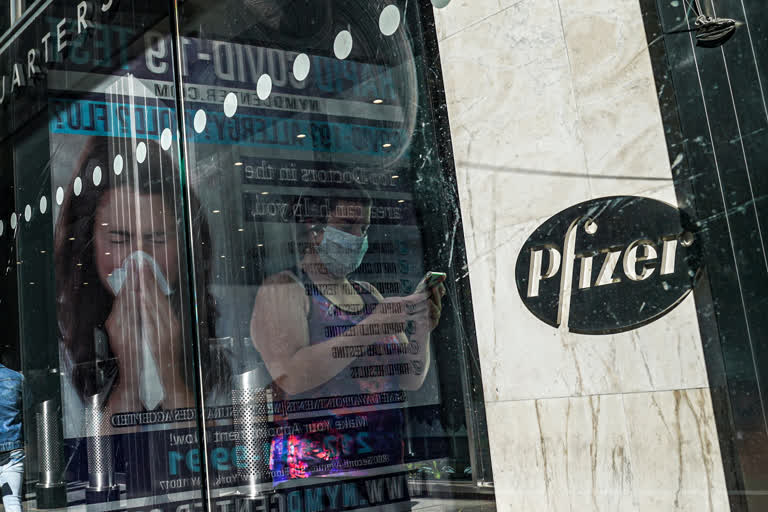New York: Pfizer announced on Friday it is seeking emergency approval from US regulators for its COVID-19 vaccine, which has shown 95 per cent efficacy in a totality of two data sets released in the last 10 days. The chief of the Trump administration's Operation Warp Speed vaccine programme says all systems are ready to ensure the vaccines get to states as soon as they figure out their distribution plan.
Seen purely from a clock time perspective, Pfizer's dash to the finish line has broken all vaccine development speed records, and on a new technology platform called mRNA - which has no benchmarks yet.
Read:|Pfizer seeking emergency use of its COVID-19 vaccine in US
The coronavirus itself isn't there inside the mRNA vaccine. Instead, it is embedded with a piece of genetic code that trains our bodies to recognize imminent enemy action from the spike protein on the surface of the virus. When the mRNA enters our cells, it begins to spew copies of the coronavirus' spike protein. That prompts the immune system to churn out antibodies against the virus. In virology, generating neutralising antibodies is a good surrogate of our bodies' ability to protect from sickness.
Below is a timeline of Pfizer's run-up to this historic moment:
March 17:Pfizer and BioNTech announce plans to develop a Covid-19 vaccine using BioNTech's technology platform.
April 29: Testing of four vaccine candidates begins with volunteers in Germany. Five other countries are part of the testing pool.
May 5:Testing expands to include the US.
July 1:One of four vaccine candidates appears to rev up the immune system, is well tolerated.
